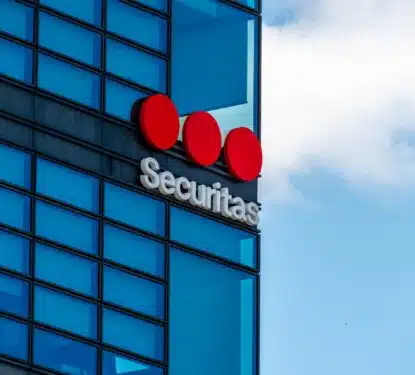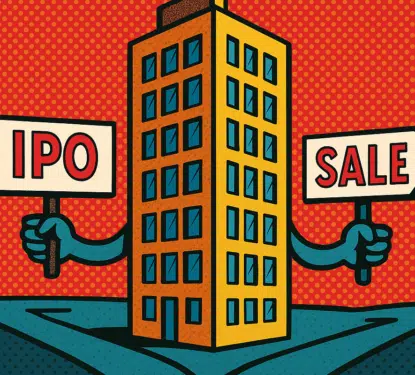Hospitals worldwide have become ground zero for the COVID-19 crisis. While the rest of us are forced to find innovative ways to maintain a normal life under lockdown, our brave healthcare workers heal the sick on the frontline of this biological war. As hospitals become a battleground in the fight against this invisible enemy, it is not the doctors but the cleaners that form our offensive strategy. The dynamic hospital environment must be decontaminated after every activity in an ongoing process of mass disinfection as the workers in those buildings also deal with a shortage of personal protective equipment (PPE). “It’s really unacceptable that in a first-world country like us that we’re having these shortages, especially with this whole talking about homemade masks,” said Dr. Richard Saint Syr, a physician in Bainbridge Island, in Washington State, USA. “It’s really horrifying that we’re sort of glamorizing that as a nice thing. It is, it makes people […]
Most Popular Articles

Securitas Technology Achieves $5.7B Revenue Accounting for 33% of Group 2024
This Research Note examines the electronic security business of Securitas, rebranded as Securitas Technology, based on investor presentations and their 2024 annual report. This article highlights the financial performance and progress of the business in integrating the STANLEY Security acquisition and repositioning the group as a technology-based supplier of integrated solutions in higher growth markets. […]

MRI Software: Exploring the 2025 IPO & Sale Options
This Research Note examines a report from Reuters that MRI Software is to be listed in an IPO or sold. We explore the development of the business over the last 10 years, since it was acquired by private equity owners, highlight their software acquisitions for commercial real estate applications addressing integrated workplace management, tenant experience […]

Podcast 40: Stiles Property Management Found $400K+ in Hidden Savings
Most property managers know their buildings are hemorrhaging money through inefficient systems. The problem? They have no idea where to start looking. Devon Newton, VP of Property Management at Stiles, faced this exact challenge with 110 East, a new Class A development in Charlotte’s Southpark district. Despite managing 116 properties across the Southeast, she found […]
